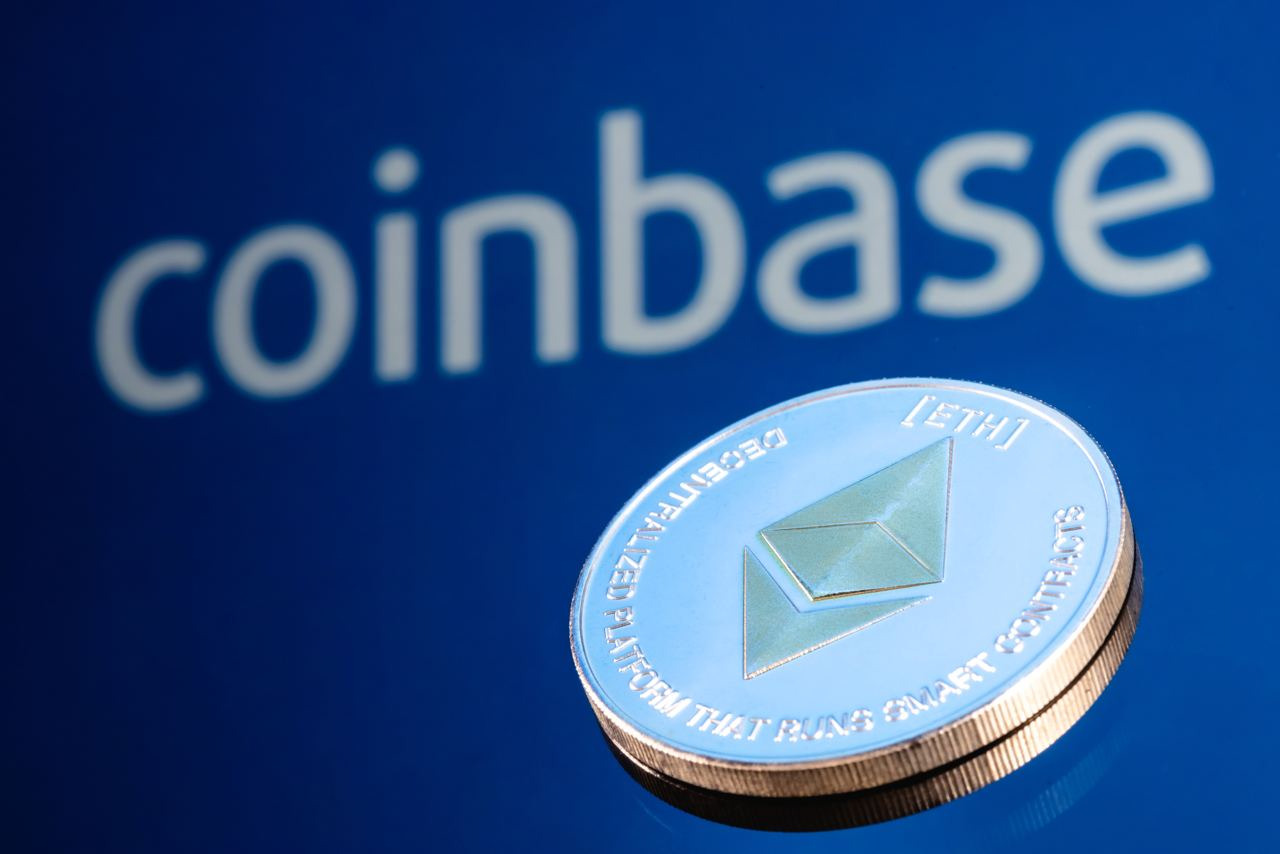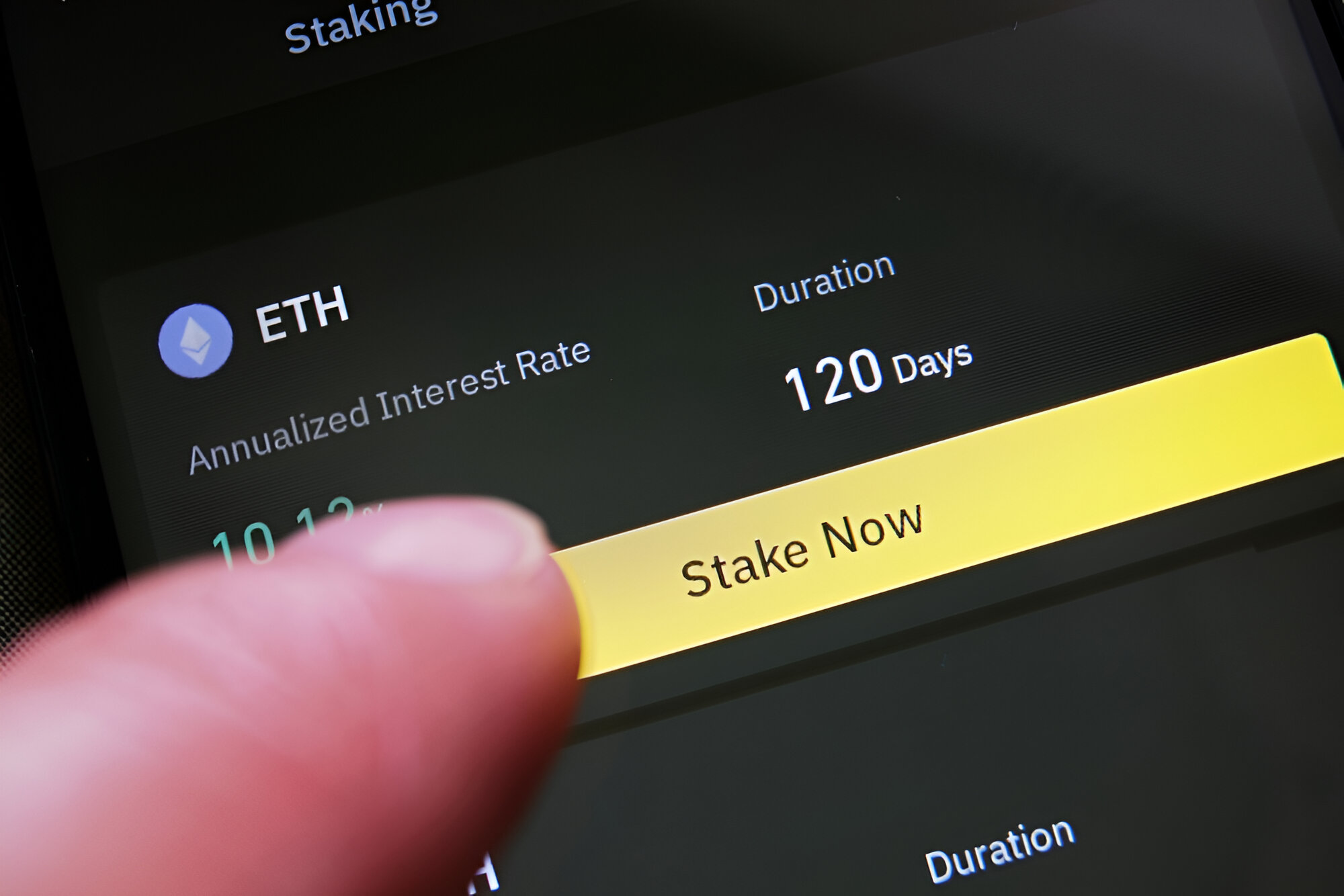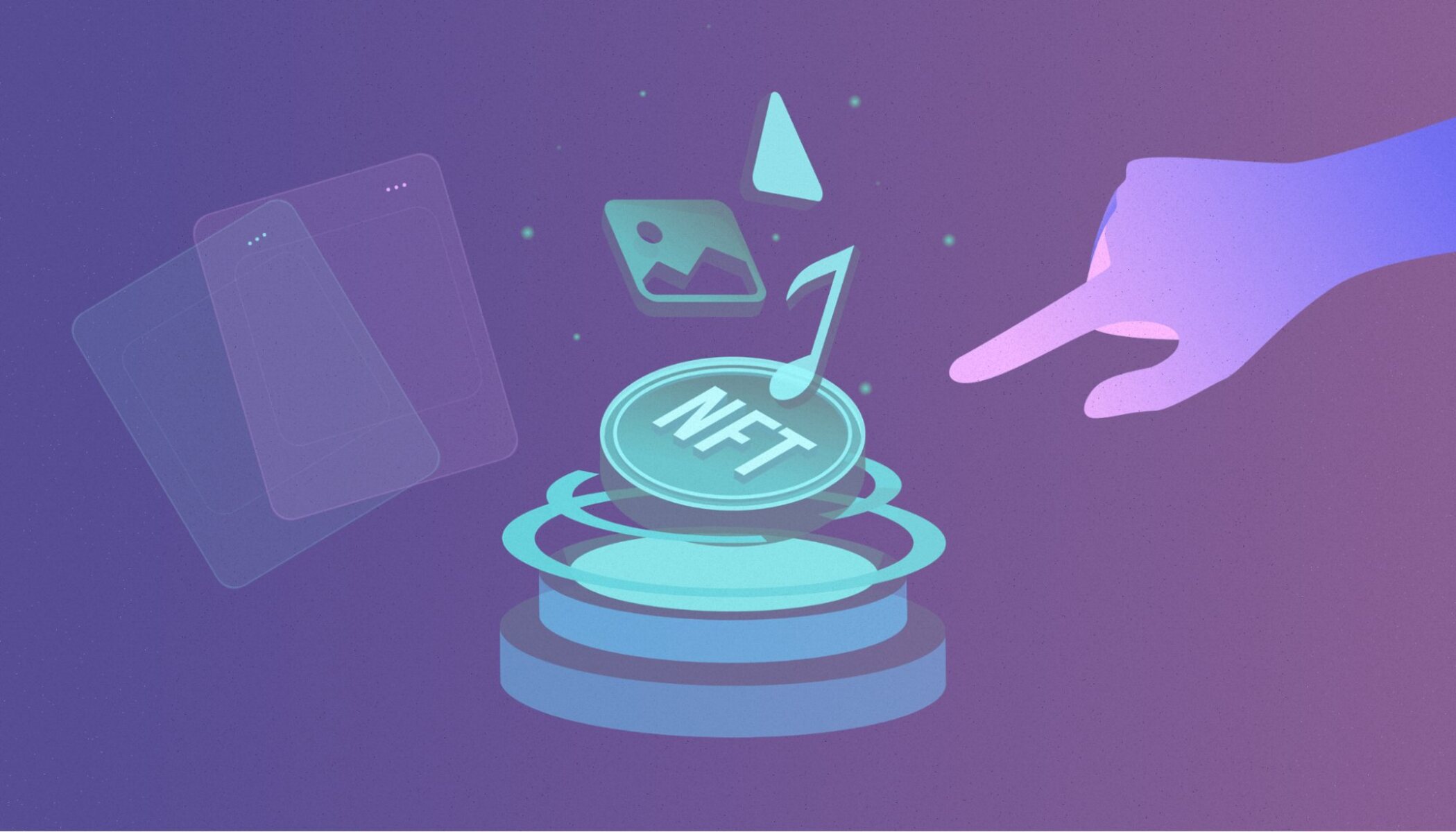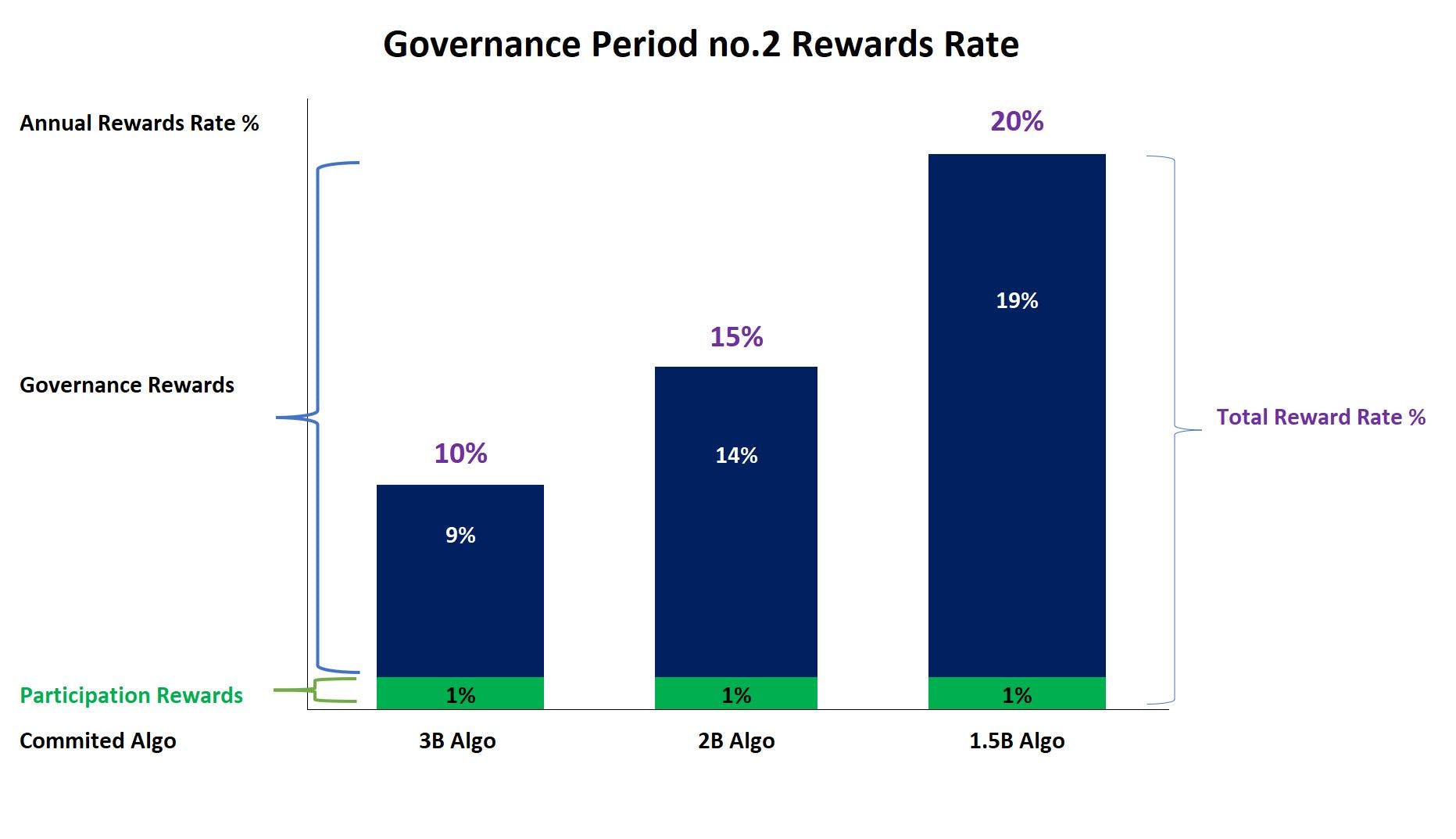Introduction
Are you considering staking your Ethereum but unsure about the timeline and process of unstaking? Look no further! In this article, we will dive into the world of Ethereum staking and provide you with all the information you need to know about when and how you can unstake your Ethereum.
Ethereum, the world’s second-largest cryptocurrency, has transitioned to a proof-of-stake (PoS) consensus mechanism with the introduction of Ethereum 2.0. This means that instead of relying on miners to validate transactions and secure the network, Ethereum holders can now participate in the staking process and earn passive income by locking up their coins.
Staking Ethereum involves locking up a certain amount of ETH, typically a minimum of 32 ETH, in a digital wallet called a “validator node.” By doing so, you contribute to the security of the Ethereum network and in return, receive rewards in the form of additional ETH. However, it’s important to understand that once you stake your Ethereum, it is subject to a cooldown period before you can unstake and access your funds.
Unstaking Ethereum refers to the process of withdrawing your staked ETH and making it available for transfer or other purposes. It’s crucial to be aware of the conditions and timeframe for unstaking to make informed decisions regarding your cryptocurrency holdings. In the following sections, we will explore the staking process and delve into the details of when and how you can unstake your Ethereum.
What is Staking?
Staking is a process in which cryptocurrency holders lock up their coins to support the operations of a blockchain network. By doing so, stakers contribute to maintaining network security and validating transactions. Ethereum staking, in particular, involves holding and locking up Ether (ETH) to participate in the Ethereum 2.0 network.
In the traditional proof-of-work (PoW) system, miners use computational power to solve complex puzzles and validate transactions. However, in Ethereum 2.0, the network transitions to a more energy-efficient proof-of-stake (PoS) consensus mechanism. This change allows ETH holders to become validators by staking their Ether and participating in the network’s block validation process.
When you stake Ethereum, you essentially lock up a certain amount of ETH in a digital wallet known as a “validator node.” This node participates in the consensus algorithm, proposing and validating new blocks on the Ethereum blockchain. By doing so, validators help secure the network and contribute to the transaction validation process.
Staking Ethereum offers several benefits to participants. Firstly, validators earn rewards in the form of additional ETH for their contributions to the network. These rewards act as an incentive to hold and stake Ethereum, enhancing the network’s decentralization. Additionally, staking reduces the energy consumption and environmental impact associated with traditional mining methods, making Ethereum 2.0 a more sustainable blockchain network.
It’s important to note that staking does come with potential risks. If a validator behaves maliciously or fails to fulfill their responsibilities, they may incur penalties in the form of lost or slashed ETH. Validators are expected to maintain a high uptime, follow network rules, and ensure the security and decentralization of the Ethereum network.
In summary, staking Ethereum allows individuals to participate in the network’s consensus algorithm by locking up their ETH and becoming validators. By doing so, participants earn rewards, support network security, and contribute to the growth of Ethereum 2.0. Now that we have a clear understanding of what staking entails, let’s explore when and how we can unstake our Ethereum holdings.
Why Stake Ethereum?
Staking Ethereum offers a multitude of advantages that make it an appealing option for cryptocurrency holders. Let’s explore some of the key reasons why individuals choose to stake their Ethereum:
- Earn Passive Income: Staking Ethereum allows participants to earn a passive income by simply holding and staking their ETH coins. Validators receive rewards in the form of additional Ethereum for their contributions to the network. These rewards serve as an incentive for individuals to actively participate in the Ethereum ecosystem.
- Network Security: By staking ETH, participants help secure the Ethereum network. Validators play a critical role in validating transactions and proposing new blocks. Their active involvement contributes to the overall security and stability of the blockchain network, making it more resistant to attacks.
- Network Participation: Staking Ethereum allows individuals to actively participate in the governance of the Ethereum ecosystem. Validators have the privilege to vote on important protocol upgrades, proposals, and decisions that shape the future of the network. This engagement gives stakeholders a voice and enables them to contribute to the development and evolution of Ethereum.
- Sustainability: Ethereum 2.0’s proof-of-stake (PoS) mechanism is more energy-efficient compared to the traditional proof-of-work (PoW) model. By switching to PoS, Ethereum reduces its carbon footprint and environmental impact. Staking Ethereum aligns with the growing focus on sustainability in the cryptocurrency industry.
- Potential for Capital Appreciation: Staking Ethereum not only provides passive income through staking rewards but also offers the potential for capital appreciation. As the Ethereum network gains adoption and demand for ETH increases, the price of Ethereum may rise, leading to potential capital gains for stakers.
Overall, staking Ethereum offers a combination of financial incentives, network participation, and sustainability. It allows individuals to earn passive income, contribute to network security, actively participate in governance decisions, and align their investments with environmentally conscious practices. Now that we understand the benefits of staking, let’s dive into the process of staking Ethereum and explore when and how we can unstake our holdings.
Understanding the Staking Process
The staking process for Ethereum involves a few key steps that participants need to follow. Let’s break down the process to gain a better understanding:
- Minimum Requirement: To participate in Ethereum staking, you need to hold a minimum of 32 ETH. This threshold ensures that validators have a significant stake in the network and are financially invested in maintaining its security and integrity.
- Setting up a Validator Node: Validators need to set up a validator node, which involves running specific software on a computer or server. This software enables the node to validate transactions and propose new blocks on the Ethereum blockchain.
- Deposit and Activation: Once you have set up your validator node, you will need to deposit the required amount of ETH into your staking account. This deposit will be locked up for a specific period, and the activation process will begin. The activation process takes some time, typically around two to three days.
- Staking Period: During the staking period, your ETH will remain locked up, and you will start earning staking rewards. Ethereum 2.0 has an adjustable annual percentage yield (APY) for staking, which varies based on the total amount of ETH being staked on the network. The current APY can typically be found on Ethereum-related websites and platforms.
- Cooldown Period: The cooldown period is the duration during which your staked ETH becomes non-transferable. This period usually lasts for around 18 to 24 hours. It is important to note that during this time, you will not be able to unstake your Ethereum.
- Unstaking: After the cooldown period, you can initiate the unstaking process. However, it’s essential to consider that the actual unstaking process takes time. Ethereum 2.0 has designed a gradual unstaking model to ensure the stability and security of the network. The unstaking period typically lasts around 18 to 24 hours, during which your ETH gradually becomes available for transfer.
It’s worth mentioning that Ethereum 2.0 uses a shard chain system, which allows for parallel processing and scalability. However, initially, only the Beacon chain is active. Over time, additional shard chains will be launched, further enhancing the scalability of the Ethereum network.
Now that we have a clear understanding of the staking process, including the minimum requirement, setting up a validator node, deposit and activation, staking period, cooldown period, and unstaking, let’s explore the timeline for unstaking your Ethereum holdings.
How Long Do I Need to Stake Ethereum?
The duration for which you need to stake Ethereum can vary depending on several factors. Let’s explore the timeline involved in staking Ethereum:
When you stake your Ethereum, your funds are locked up for a specific period. This period is commonly referred to as the “staking period” or “lock-up period.” Currently, the staking period for Ethereum is indefinite, meaning there is no predetermined end date for your staked ETH.
Ethereum 2.0 operates on an ongoing staking model, where participants are encouraged to stake their ETH for the long term to support the network’s security and stability. The more Ethereum that is staked, the more secure and decentralized the network becomes.
It’s important to note that while the staking period is indefinite, you have the flexibility to unstake your Ethereum at any time. However, there are certain conditions and requirements to fulfill before you can initiate the unstaking process.
Before unstaking your Ethereum, you need to consider the cooldown period. This period usually lasts for around 18 to 24 hours, during which your staked ETH becomes non-transferable. It serves as a security measure to prevent any malicious activity and maintain network consensus.
Once the cooldown period ends, the actual unstaking process begins. Due to the gradual unstaking model implemented in Ethereum 2.0, the unstaking period typically takes around 18 to 24 hours. During this time, your ETH gradually becomes available for transfer, and you will regain full control over your funds.
It’s important to keep in mind that the exact length of the cooldown and unstaking periods can vary, depending on network conditions and Ethereum’s consensus rules. It’s recommended to stay updated with the latest information from Ethereum-related websites and platforms.
While the staking period for Ethereum is indefinite, it is crucial to assess your own time horizon and investment goals when considering staking. Evaluate your willingness and ability to lock up your ETH for a more extended period, as well as any potential benefits and risks associated with staking.
In summary, the staking period for Ethereum is indefinite, and it’s up to the individual staker to decide how long they want to participate in the Ethereum 2.0 network. However, before unstaking, you must consider the cooldown period and the time it takes for your ETH to become fully available for transfer.
Conditions for Unstaking Ethereum
Unstaking Ethereum involves a few conditions and requirements that participants must fulfill before they can initiate the unstaking process. Let’s explore the conditions for unstaking your Ethereum:
- Cooldown Period: Before you can unstake your Ethereum, you must first account for the cooldown period. This period typically lasts for around 18 to 24 hours after the initiation of the unstaking process. During the cooldown period, your staked ETH becomes non-transferable, ensuring network security and consensus.
- Gradual Unstaking: Ethereum 2.0 follows a gradual unstaking model to maintain the stability and security of the network. Once the cooldown period ends, the actual unstaking process begins. However, the unstaking process is not instantaneous. It typically takes around 18 to 24 hours for your staked ETH to gradually become available for transfer.
- Validator Responsibilities: As a validator, it is essential to fulfill your responsibilities and follow network rules. Failing to meet these obligations may result in penalties and potential freezing or slashing of your staked Ethereum. It’s crucial to maintain a high uptime for your validator node and ensure the security and decentralization of the Ethereum network.
- Network Consensus: The unstaking process relies on network consensus. Ethereum 2.0 employs a Proof-of-Stake (PoS) consensus mechanism, and the unstaking process is intricately linked to network security and integrity. Validators must adhere to the consensus rules to ensure a smooth and secure unstaking process.
- Network Conditions: The exact length of the cooldown and unstaking periods can vary depending on network conditions and Ethereum’s consensus rules. Changes or updates to the Ethereum network can also impact the unstaking process. It’s important to stay informed and follow updates from Ethereum-related websites and platforms.
It’s worth noting that once you initiate the unstaking process, you will gradually regain full control over your staked ETH as the unstaking period progresses. It’s crucial to be patient and allow the process to complete before attempting to transfer or use your unstaked Ethereum.
Understanding the conditions for unstaking Ethereum is vital to make informed decisions regarding your staked ETH. It ensures that you navigate the unstaking process correctly and maintain the security and stability of the Ethereum network.
Now that we have explored the conditions for unstaking Ethereum, let’s discover where you can unstake your Ethereum holdings.
Where Can I Unstake My Ethereum?
If you’re ready to unstake your Ethereum, you may wonder where you can go to initiate the unstaking process. Here are the key platforms and tools you can use to unstake your Ethereum:
- Ethereum 2.0 Staking Clients: There are various staking clients available that support Ethereum 2.0. These clients provide user-friendly interfaces and tools to manage your validator node and participate in the staking process. Some popular Ethereum 2.0 staking clients include Prysm, Lighthouse, Teku, and Nimbus.
- Ethereum Staking Pools: Staking pools offer an alternative for individuals who may not meet the minimum requirement of 32 ETH or prefer not to run their validator node. These pools aggregate multiple stakers’ funds to create a shared validator, allowing individuals to participate in staking with a smaller ETH balance. If you are staking through a pool, you would typically need to go through the pool’s platform or interface to initiate the unstaking process.
- Third-Party Staking Service Providers: There are also third-party service providers that offer Ethereum staking services. These providers manage the technical aspects of the staking process on your behalf, allowing you to delegate your ETH and receive staking rewards. Just like with staking pools, if you are using a third-party staking service, you would need to follow their specific procedures to unstake your Ethereum.
- Ethereum Wallets: Some Ethereum wallets also provide staking functionality and allow you to stake and unstake your Ethereum directly from within the wallet interface. Wallets such as MetaMask, Ledger Live, and MyEtherWallet offer staking features, enabling you to manage your staked ETH and initiate the unstaking process.
When it comes to unstaking Ethereum, it’s important to follow the instructions and guidelines provided by the platform or tool you are using. Each platform or service may have its own specific procedures and requirements for unstaking your Ethereum.
Before unstaking, it’s advisable to review the terms and conditions of the platform or service you are using, as well as any potential fees or penalties that may apply. It’s also essential to consider factors such as security, reputation, and user experience when selecting a platform or service to unstake your Ethereum.
Now that you are aware of where you can go to unstake your Ethereum, let’s address some common questions related to the unstaking process.
Frequently Asked Questions About Unstaking Ethereum
Unstaking Ethereum may raise some questions and concerns. Here are answers to some frequently asked questions related to the unstaking process:
- Can I unstake my Ethereum at any time?
Yes, you have the flexibility to unstake your Ethereum at any time. However, you must account for the cooldown period and the gradual unstaking process, which typically takes around 18 to 24 hours. - Will I lose any rewards when I unstake my Ethereum?
Unstaking Ethereum does not result in the loss of any previously earned rewards. However, it’s important to note that rewards are typically distributed on a consistent basis, and when you unstake, you may no longer receive future rewards. - What happens if I unstake my Ethereum before the cooldown period ends?
Unstaking Ethereum before the cooldown period ends is not possible. The cooldown period ensures network security and consensus. You must wait for the cooldown period to expire before initiating the unstaking process. - Can I restake my Ethereum immediately after unstaking?
Yes, you can restake your Ethereum immediately after the unstaking process is complete. However, it’s important to account for any network conditions, cooldown periods, or specific requirements that may apply to restaking your Ethereum. - Can I transfer my unstaked Ethereum immediately after the unstaking process?
Once the unstaking process is complete, you will regain full control over your unstaked Ethereum and can freely transfer or use it as you wish. - If I need quick access to my Ethereum, is unstaking the best option?
Unstaking Ethereum involves a cooldown period and a gradual unstaking process, which typically take around 18 to 24 hours each. If you anticipate needing immediate access to your Ethereum, unstaking may not be the best option. Consider the timing and necessary liquidity before initiating the unstaking process.
These answers should provide clarity on some common concerns regarding unstaking Ethereum. It’s important to keep in mind that the specific procedures and requirements for unstaking Ethereum may vary depending on the staking platform, service provider, or wallet you are using.
If you have further questions or concerns about unstaking Ethereum, it’s recommended to refer to the platform’s documentation, seek support from the service provider, or engage with the community to clarify any specific details.
Now that we have addressed frequently asked questions about the unstaking process, let’s wrap up our exploration of unstaking Ethereum.
Conclusion
In conclusion
I apologize for the mistake. Let me rewrite the conclusion for you:
Unstaking Ethereum is an important aspect of participating in the Ethereum 2.0 network. By understanding the staking process, the conditions for unstaking, and the platforms or tools available for unstaking, you can navigate the process with confidence.
Staking Ethereum offers the opportunity to earn passive income, support network security, participate in governance decisions, and contribute to a more sustainable blockchain ecosystem. However, it’s essential to consider the long-term commitment involved in staking, as well as the potential risks and rewards associated with the process.
When it comes to unstaking Ethereum, be mindful of the cooldown period and the gradual unstaking process that occurs afterward. Additionally, carefully select the platform, pool, or service provider you choose to unstake your Ethereum from, considering factors such as security, reputation, and user experience.
If you have any specific questions or concerns regarding unstaking Ethereum, it’s advisable to consult the documentation provided by the staking platform or seek support from the service provider or community members.
Unstaking Ethereum may require patience and planning, but it allows you to regain control over your funds and make them available for transfer or other purposes. Stay informed, stay engaged, and make decisions that align with your financial goals and risk tolerance.
By understanding the staking process, the conditions for unstaking, and exploring the available platforms and tools, you can navigate the world of Ethereum staking and make informed decisions about your cryptocurrency holdings.
So, if you’re ready to stake your Ethereum, go ahead and make an informed decision to contribute to the Ethereum network’s growth and be part of a more sustainable and decentralized future.

























